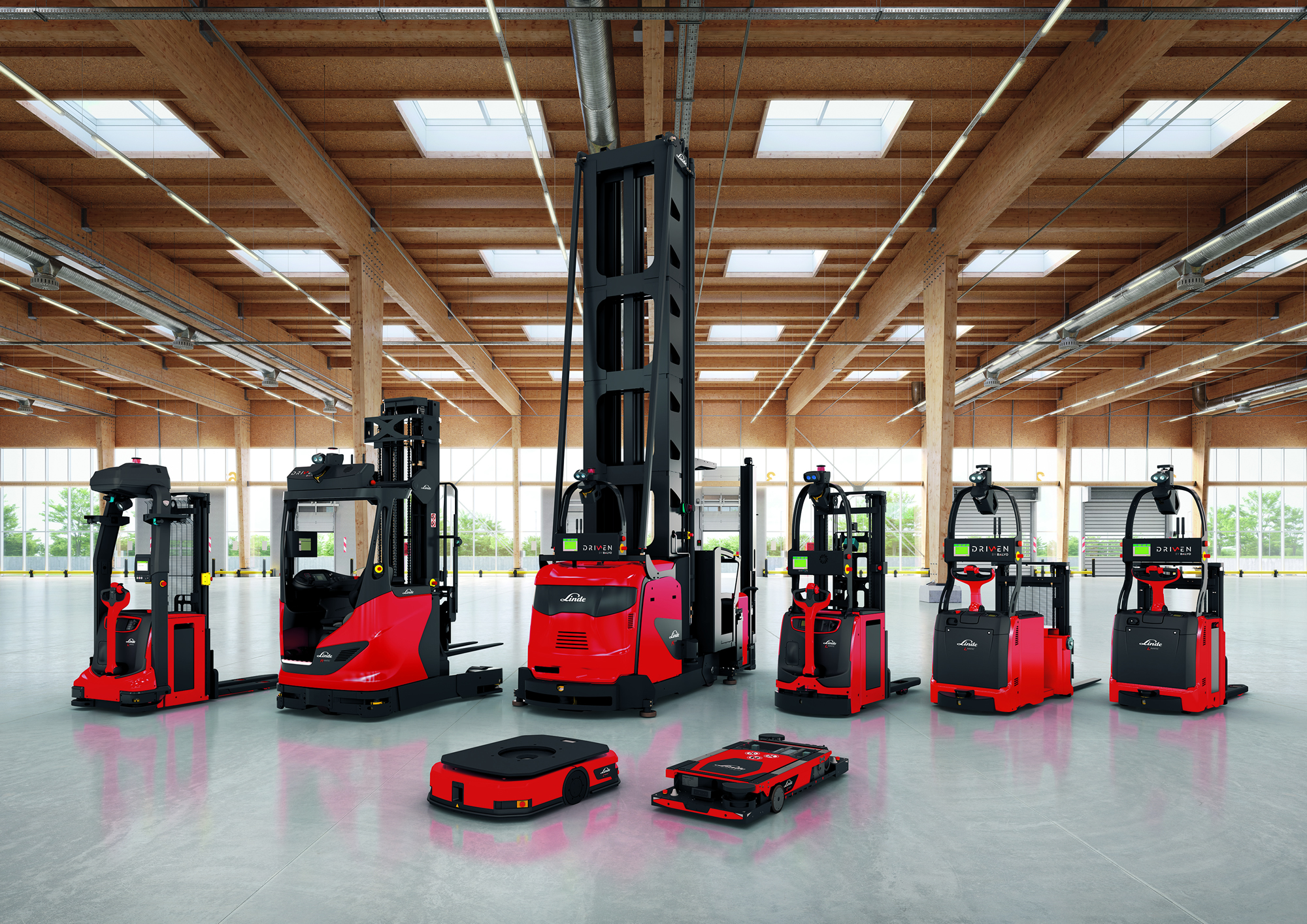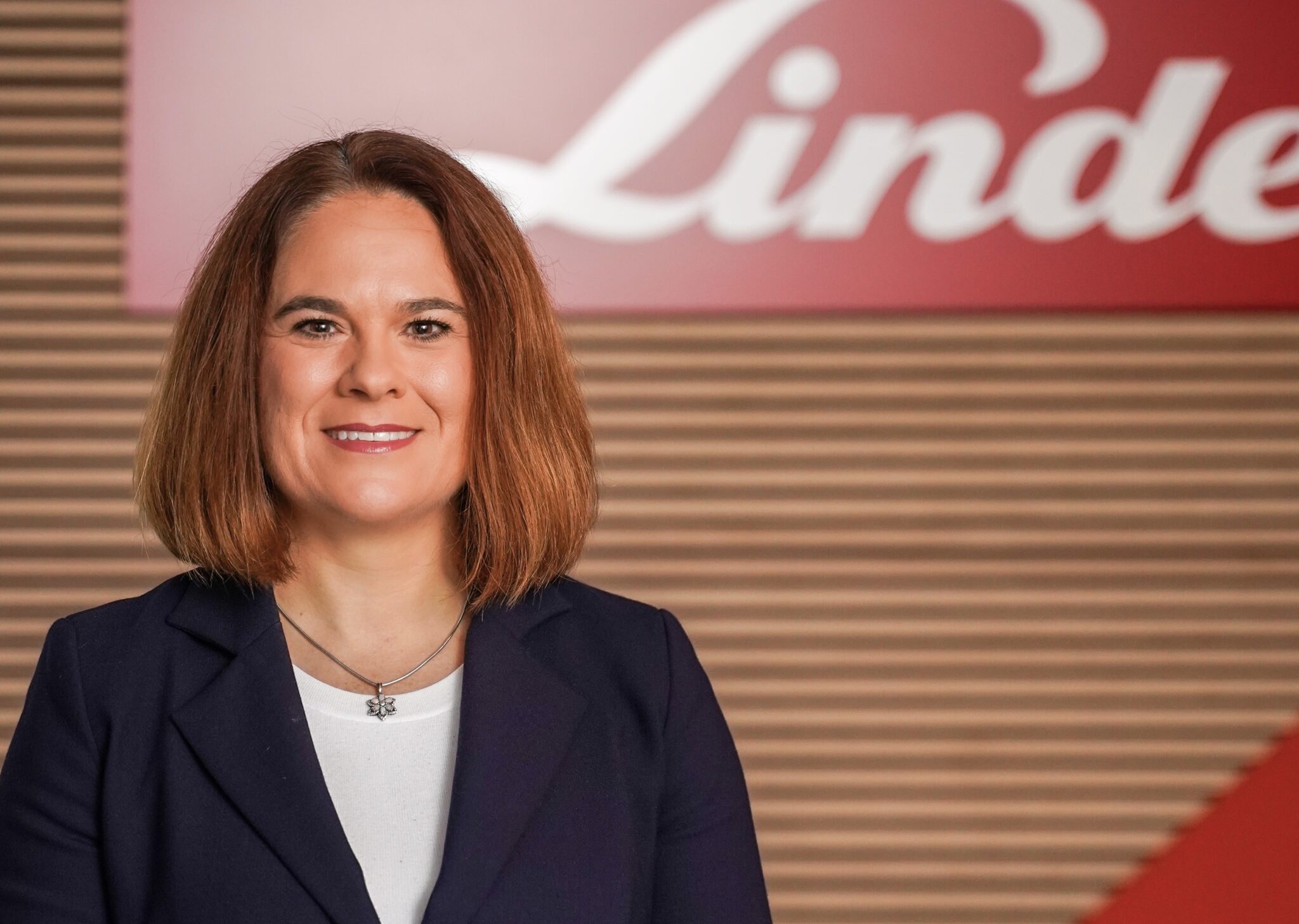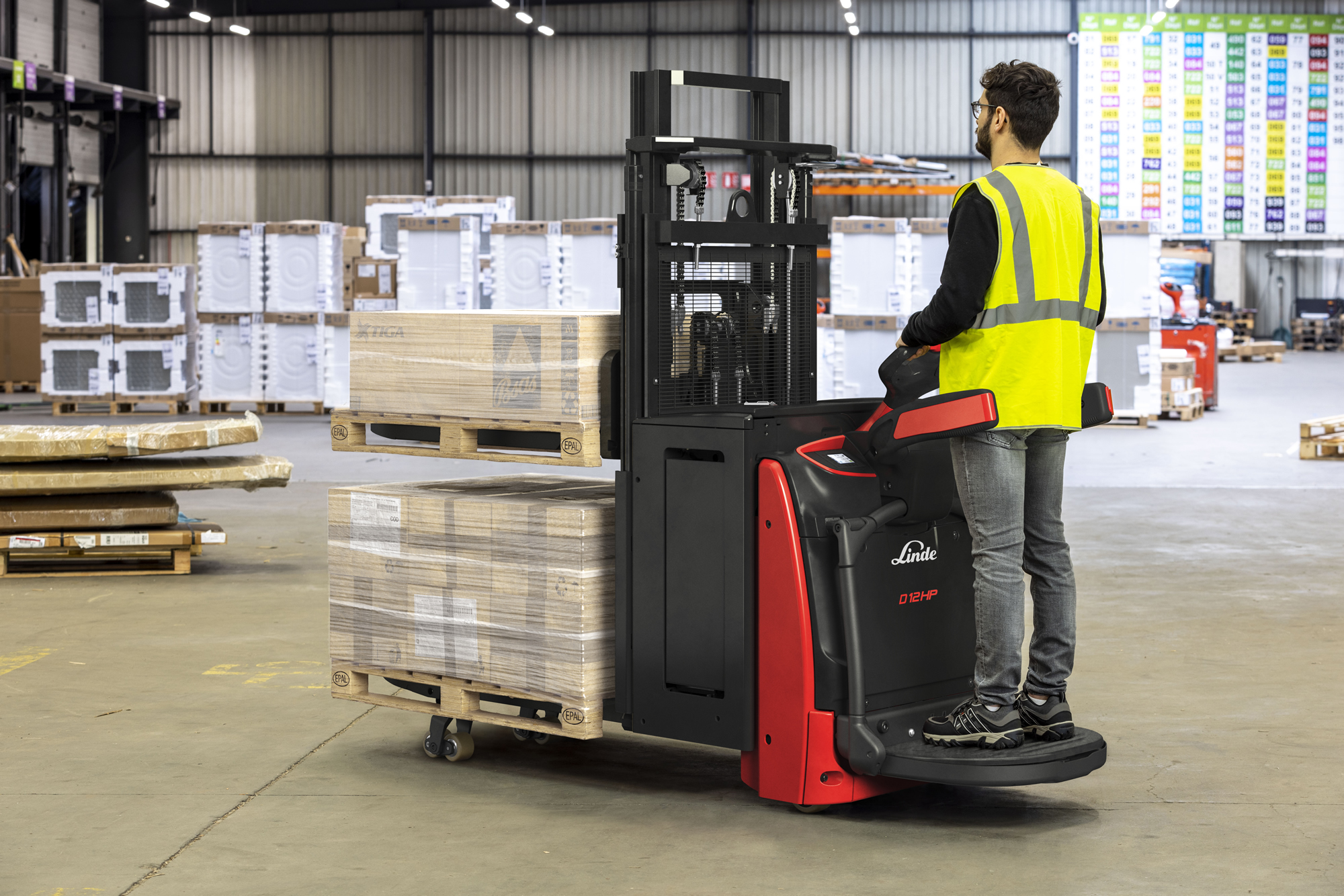Linde Material Handling will be presenting innovations from its explosion protection range at ACHEMA. The three electric pallet truck models of the Linde T16 EX to T20 EX series feature compact dimensions and are designed for transporting loads in the tightest of spaces. Another new product on offer for explosion-protected counterbalanced trucks is the artificial intelligence (AI)-based “Reverse Assist Camera” system. It identifies people to the rear of the truck and alerts drivers of potential collisions, providing targeted and gradual warnings.
“Each new explosion-protected truck model from Linde MH is developed from the outset together with the pilot series for the standard version. This allows customers in the chemical, pharmaceutical, cosmetics and food industries to benefit from the technical refinements at an early stage,” explains Elke Karnarski, Product Manager EX-Proof Trucks & Safety Solutions at Linde Material Handling.
Explosion protected equipment
The introduction of the Linde T16 EX to T20 EX series marks the debut of new compact pedestrian pallet trucks on the market. Featuring a robust chassis and reinforced forks, they are designed for loads of up to two tons. The models are available in the 2G/2D and 3G/3D equipment categories for ATEX zones 1/21 and 2/22. The narrow design, tight turning radius and intuitive steering and controls make the trucks quick and easy to maneuver in confined spaces. Explosion protection measures include ignition protection against electrical and mechanical sparks, continuous temperature monitoring of relevant components and precautions to prevent electrostatic charging.
The low-mounted tiller ensures ample safety distance from the operator, while the active foot protection guard and the deep-drawn chassis provide additional protection against injury. Information on important vehicle parameters – such as the battery charge status and the next required service check – is available via the centrally positioned multifunctional display. The Linde EX-Monitoring app displays safety-related readings and provides operators and fleet managers with specific instructions if necessary. At the same time, the application enables preventive, bundled maintenance measures, thus ensuring high operational availability of the vehicles.
AI-based person detection for intelligent accident prevention
With the Linde Reverse Assist Camera, an innovative assistance system is now becoming suitable for use in truck categories 2G/2D (ATEX zone 1/21) and 3G/3D (ATEX zone 2/22). The camera, which was developed using artificial intelligence, has “learned” to distinguish between people and objects. If a person is detected, it emits visual and acoustic warnings, depending on the distance. In addition, an automatic reduction in driving speed can be activated to further minimize the risk of accidents. The display and camera are housed in pressure-resistant enclosures to allow for use in ATEX zone 1/21.
“The demand for safety assistance systems that can be used with explosion-protected industrial trucks has increased noticeably in recent years,” says Product Manager Elke Karnarski. “This is not least due to the fact that in many cases they are part of a mixed fleet with standard trucks. Existing assistance systems should accordingly be installed across all vehicles in order to achieve a uniformly high level of safety,” she explains.
The Linde Safety Guard is certified for ATEX zone 2/22. Equipped with so-called “Truck Units”, the vehicles communicate via signals in the UWB area through racks and can locate each other. If the distance falls below a defined level, the system reduces the driving speed. This technology can also be used to regulate speed zones for entire halls or specific sections using so-called “zone markers”. In addition, the Linde Safety Guard acts as a “gatekeeper”, allowing only EX-protected vehicles to enter the ATEX zones.
Customized solutions for special application scenarios
Customized solutions developed for individual applications are not uncommon for explosion-protected industrial trucks. One example is the “drum cradle”. This specially designed pallet stacker with additional attachments on display at the Linde booth can transport 300-liter drums as well as pick up open drums, tip them and empty the liquid inside. The integrated scales are accurate to 500 grams. Operation of the drum clamping functions is carried out either via a control lever or remotely for optimal visibility during the tipping process.
read more
World’s First Lithium-ion Battery for Explosion-Protected Areas











